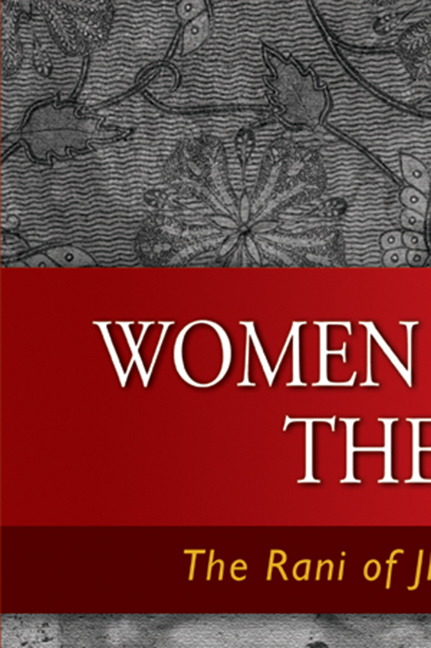Book contents
- Frontmatter
- Dedication
- Epigraph
- Contents
- Message from ISEAS Director
- Foreword
- Preface
- Acknowledgements
- 1 The Historical Rani
- 2 Bengali Nationalism
- 3 Bengali Women Revolutionaries
- 4 Subhas Chandra Bose
- 5 The Indian National Army
- 6 Volunteers from the Malayan Rubber Estates
- 7 The Rani of Jhansi Regiment
- 8 Deployed to Burma
- 9 After the War
- 10 Conclusion
- Epilogue
- Bibliography
- Index
- About the Author
- Frontmatter
- Dedication
- Epigraph
- Contents
- Message from ISEAS Director
- Foreword
- Preface
- Acknowledgements
- 1 The Historical Rani
- 2 Bengali Nationalism
- 3 Bengali Women Revolutionaries
- 4 Subhas Chandra Bose
- 5 The Indian National Army
- 6 Volunteers from the Malayan Rubber Estates
- 7 The Rani of Jhansi Regiment
- 8 Deployed to Burma
- 9 After the War
- 10 Conclusion
- Epilogue
- Bibliography
- Index
- About the Author
Summary
As Netaji was key to the story of the INA and the Rani of Jhansi Regiment, so too he must figure in our concluding assessment of this history. From one perpective, Partition was a repudiation of all he stood for, a rejection most painful for veterans of the INA and RJR. “I felt as if one of my arms had been cut off ”, as Lakshmi Sahgal put it when Partition occurred. For her and others there was no joy, no sense of goals achieved, in independence.
In Netaji's India, Hindu, Muslim, Sikh, Parsi and Christian would live together in harmony as in the INA and RJR, women would have an equal opportunity for education and development of their human potential, caste would fade into insignificance, and children would live as children rather than be prematurely married.
That the military mission of Netaji, the INA, and the Rani of Jhansi Regiment was truncated is an accident of history, whether or not one argues for its inevitability. From another perspective, Netaji's military goal did not fail. When three of Netaji's officers — Shah Nawaz Khan, Prem Sahgal, and Gurbakhsh Singh Dhillon — were tried in the Red Fort by the British, the popular nationwide protest, even by Gandhi and Nehru who had differed with Bose, was one factor prompting British withdrawal from India.
Perhaps the fact that India will not let Netaji the legend die is in part a recognition that what he, the INA, and the RJR fought for is vitally relevant for India today. Lakshmi, Janaki, Rasammah, Manawati and Aruna continue to strive to implement his ideals, and women such as Meenachi and Muniammah educate their children to be willing to die for their principles.
The panoply of ideological and cultural strands that impelled Bose to create the Rani of Jhansi Regiment must in the end also affect any assessment of what the RJR accomplished. Here, in Bose's thinking were reverence for the Cosmic Mother and Bharat Mata; here, echoes of the cosmic female power of Shakti and the multitude of mother deities; here, the notion of shame and honour as related to anti-colonialism; here, the ideals of self-sacrifice and service; here, rejection of communalism; here, resonances of the role of myth and symbol (as for example in the shedding of blood, martyrdom); and here, prominently, the agency of gender.
- Type
- Chapter
- Information
- Women Against the RajThe Rani of Jhansi Regiment, pp. 107 - 108Publisher: ISEAS–Yusof Ishak InstitutePrint publication year: 2008



